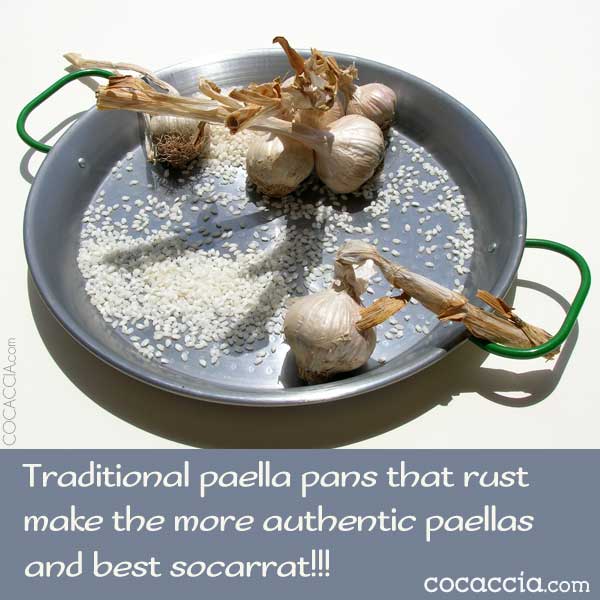Did you know that pesto is the second most-sold sauce in the whole world? Well, instead of buying it this time 🙂 we suggest you go for a homemade pesto with the help of the following step-by-step pesto recipe and the secret to its success we reveal. You’ll love it! It’s not difficult at all and it doesn’t take long either.
Actually making pesto alla Genovese is quite rewarding and delicious when you mix it with quality Italian pasta.
In the typical pesto alla Genovese, basil is an essential ingredient that distinguishes it from other kinds of pesto sauces like pesto with arugula or pesto alla Trapanese from Sicilia to name just two of the most popular variations.

Pesto Genovese as we know it today has its origins in the Italian Ligurian region, in Northern Italy and it is protected by a Designation of Origin: Pesto Genovese DOP. It has to include seven ingredients, some of which also have designations of origin, so if we wanted to be so strict, most people who don’t live in Genoa or Liguria wouldn’t be able to make it.
For this reason, the pesto recipe we give you below is a pesto sauce alla Genovese, prepared in the traditional manner, with the same seven fresh, quality ingredients but without having necessarily a Designation of Origin. This is the basil pesto recipe we regularly prepare and I promise you, it’s delicious!
The secret of pesto alla Genovese
If you love making pesto, I encourage you to grow basilico, basil in your garden or in flowerpots in your balcony. It isn’t hard and it doesn’t need a lot of space either.
Strangely enough, we can buy tons of different things, but sometimes it’s difficult to find something as humble as fresh basil, which is the secret of a good pesto sauce. Besides, basil is such a wonderfully aromatic herb that you can use it in other Mediterranean dishes like Caprese salad or pizza with basil.
If your homemade pesto takes a brownish color, you can almost be sure that the culprit is the basil not being fresh enough. The best solution as I said is to grow your own basil!
Tips for using a blender
If nevertheless, you decide to use a blender or a food processor, select a low speed as you don’t want the pesto sauce liquefied.
In any case, it is always a good idea to make it manually with the mortar a few times so that you get familiar with the texture and the sequence of aromas and can get a pesto alla Genovese as close to the pesto obtained by hand as possible.
Pesto ingredients
Serves 4
- 3 large sprigs basil — about 12 leaves
- 2 tablespoons freshly grated pecorino cheese — sardo or romano
- 2 tablespoons freshly grated parmesan cheese — parmigiano-reggiano is the best
- 1 tablespoon pine nuts, possibly from the Mediterranean. Chinese pine nuts aren’t recommended as they taste very differently
- 2 cloves garlic — peeled
- 1/4 teaspoon salt
- 1 cup extra-virgin olive oil

How to make pesto
Preparation time: 15 minutes.
- First ad the salt and the garlic cloves to a mortar and grind them.
- Secondly, add the basil leaves and work them into the mixture.
- Third, add the pine nuts and continue grinding.
- Now start adding the two grated kinds of cheese slowly and alternatively. Mash them into the mixture until you obtain a thick smooth paste.
- At this point, add the olive oil and mix it well with the pestle until you obtain a dense paste.
What type of pasta?
The pesto sauce is now ready to be added to the pasta you’ve cooked separately. In Liguria, trenette is the typical pasta associated with pesto; it is known as trenette al pesto. If you don’t have trenette available, troffiette are also typical of Liguria, but in any case, don’t choose a stuffed or short pasta, but a longish one like fettuccine or linguine. Or simply any flat long pasta you have available.
Are there any variations to this pesto recipe?
As you can see in the picture above, we have added olive oil liberally to our homemade pesto; this is a matter of personal preference and you can reduce or increase the amount of olive oil to your liking.
You can also prepare this pesto recipe with only on of the cheese types, either pecorino or parmesan. Pecorino is perfect for this pesto recipe because it’s made of sheep’s milk and it’s milder than parmesan.
Finally, this pesto recipe admits replacing the pine nuts with walnuts too.
If you want to have a pesto sauce jar as a backup for busy days, here is a quality organic pesto sauce we found.
Do you like making pesto sauce manually or with a blender? Share your thoughts in the comments below.





